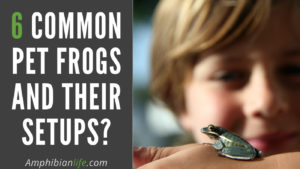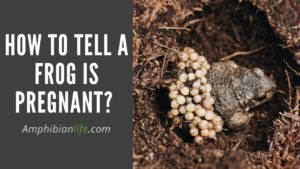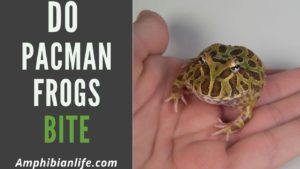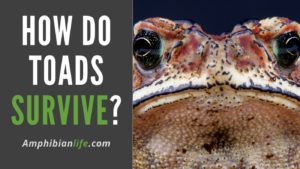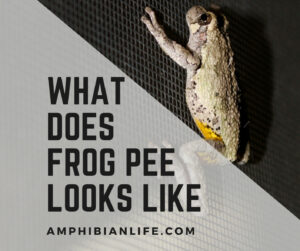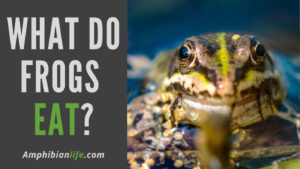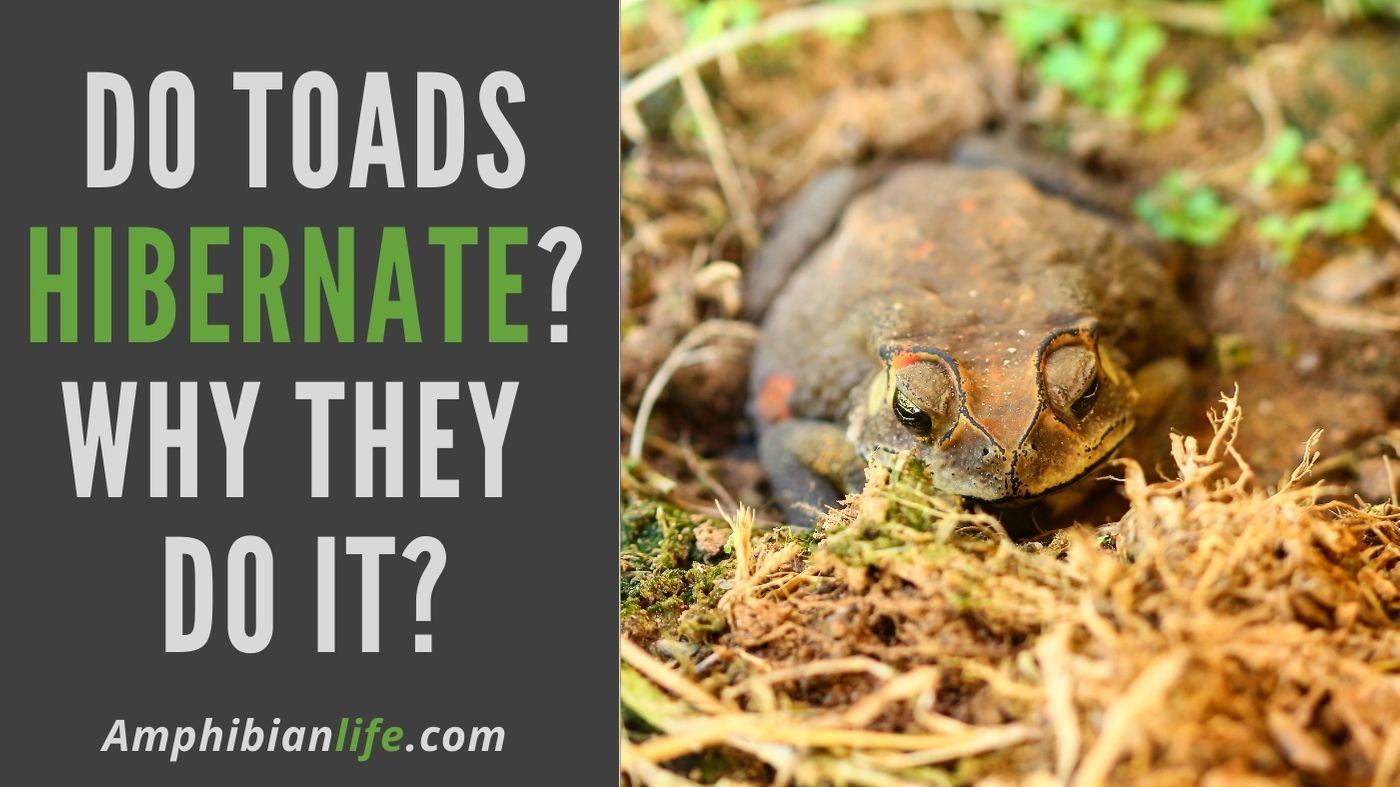
Toads are cute, energetic, and little. That is why I love them. But when someone asked me if toads hibernate, when they do and if they hibernate in captivity, I couldn’t tell him. That is why I dived into the matter determined to find out the truths about hibernating toads. Below you’ll find my attempt to answer all the questions you might have on the matter.
Do toads hibernate? Toads hibernate and do so in the mud, at the bottom of lakes, concealed in logs or even tucked away under leaf litter. Several toads bury themselves in the ground to hibernate.
Why do toads hibernate?
First, let me tell you a bit more about hibernating toads. Hibernation is nothing more than an adaption that helps toads (but also other animals) to save energy by remaining inactive. In this hibernation time, they slow down their metabolism, they reduce their body temperature and do so for days, weeks and/or even months at a time.
But why do they do this? Toads hibernate to survive a long period where food is difficult to come by (when food is scarce). This is also why, and maybe you have ever seen this, toads eat a lot of food just before they go into hibernation mode. They then survive the days, weeks, months following off the energy that is stored in their fat.
Now, some people this hibernation mode is just like sleeping. But that is not entirely the case. The physical changes that occur when toads are in hibernation are more extreme than just sleeping. This means that for some animals, hibernation isn’t even something restful! Some toads can “wake up” from hibernation and be absolutely exhausted and then need some sleep to recover!
Do toads hibernate in the ground?
The paragraph above this one explained it briefly, but I’ll go a little bit deeper into the matter of toads and hibernation. Where toads hibernate and if they do this in the ground is dependent on the species.
Toads, like the American toad (and several others), hibernate on land. The forest, fields and even the soil freezes, so the toads need to find a place to escape from the frost.
How deep do toads dig to hibernate?
Sometimes toads dig as deep as 50cm (20 inches) in order to hibernate. They do this in order to get below the frost line and survive the cold weather.
Toads have special hardened knobs on their hind feet that help them dig into the soil.
However, toads don’t always have to dig to find a place to hibernate. They will use the burrows of other mammals if they can find them. Ant mounds are also a common place for a toad to hibernate.
In urban areas, toads will often seek out foundations with cracks in and bury their way down in the holes. Some toads will look for tree stumps to survive the winter, and large groups of toads are usually found under rocks and logs in wet areas around fountains.
Toads only come back up when the soil temperature warms up in the spring. That is their cue.
Fun fact: Young toads dig less deep of a hole to hibernate in than adult toads.
Now, normally toads are what they call “solitary hibernators” which means that they prefer to hibernate alone instead of with a whole group. But when good hibernating habitats are scarce, they sometimes do hibernate in groups.
Fun fact: Wood Buggalo National Park Canada once found 600 American toads that burrowed themselves together to hibernate in one good place.
What do frogs and toads do in winter?
Let me expand a little bit here and also include frogs. What you need to know first is that frogs and toads are cold-blooded. This means that they take on the temperature of the environment around them. This, therefore, means that normally frogs and toads go in a state of hibernation in the winter and some can be exposed to temperatures beneath freezing.
But what do frogs and toads do in winter? Let’s take the aquatic frogs for example. The aquatic frogs (like the southern leopard frog) usually spend the whole winter at the bottom of a pond. But they don’t burrow down. These frogs can be found on the bottom and you can sometimes even see them swimming and moving around.
Now most frogs and toads that spend their time on land will burrow themselves down below the frost line or will find other places like cracks in foundations to find a hibernating space.
Some frog species, however, are not as good as others in the digging down thing and go as deep as they can. This sometimes isn’t enough and they can even freeze solid if the temperatures are going down.
This doesn’t mean that they are killed by ice crystals that puncture their cells and organs. This is because these frogs have high levels of sugar (or glucose) and this functions as some kind of natural anti-freeze.
Green frog and bullfrog tadpoles hatch in the summer. When it becomes winter they spend the whole time swimming. Even if that means that the swim below the ice and in nearly freezing water.

Do toads hibernate in captivity?
Toads don’t necessarily hibernate in captivity. They may eat a bit less than they do in the summer months, but they won’t go into full hibernation mode unless you lower their tank temperature.
Hibernating toads in captivity can be risky to their health and is only really necessary if you want to induce breeding.
How to care for a hibernating toad
But what if you do want to hibernate your toad? For example, to induce breeding. It’s important to be well prepared.
First, you have to provide your toad with the right environment. This means that you have to know what the ideal environment is for your toad and make it so that the toad feels comfortable.
Second, make sure that your toad has access to food and water. Before your toads go into hibernation mode, he probably will eat a bit more so that he has something stores for the next months (as I explained earlier in this post).
Third, give your toad a nice place to hibernate within its tank. This means that every toad has his or her preferences when it comes to a hibernation spot.
This can be in foundational cracks, tree logs, on the bottom of a pond, burrowed in the ground and other places. Find out what your toad prefers and set up your tank accordingly.
Fourth, keep the temperature stable. This, again, depends on the toad species, but you have to make sure that the temperature is stable so that your toad can stay in hibernation mode.
Fifth, Provide food during hibernation. Now, some toads will sleep for months on end, but some toads “wake up” and need something to eat. Since you’re controlling the environment of the toad, you may want to leave some food nearby.
Sixth, Do not touch your toad. I know your toad can appear to be dead or just cute and you want to touch him/her… But don’t do that. You don’t want to disrupt the natural hibernation cycle of the toad.
How to help hibernating amphibians?
How can I help hibernating amphibians? If you want to protect the sleepy toads, newts, salamanders, frogs and other amphibians in your garden, you have to keep a couple of things in mind. Frogs that hibernate at the bottom of ponds need to take in oxygen through their skin.
Make sure that the plants in your pond getting enough sunlight so photosynthesize can take place. If it has been snowing, you can sweep some snow off the ice so that the plants still get enough sunlight.
An easy one to do is just this one: Do not disturb the animals. This is not only about the toads I spoke about earlier. This is the right thing to do for all amphibians.
Provide shelter for the amphibians. This can be piles of leaf litter, log piles, and even compost heaps can be a perfect hibernation spot for amphibians.
Some amphibians like to bury themselves. Make sure that your pond isn’t to “clean”. Put some soil in the if necessary.
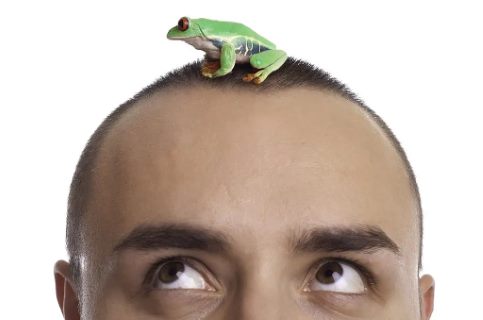
Hi, I’m Mike, and I’m the creator of amphibianlife.com. If there was one word to describe it? It would be: passionate about Amphibians! Whether you want to know more about amphibians or have a presentation to give at school, you’ve come to the right place.

